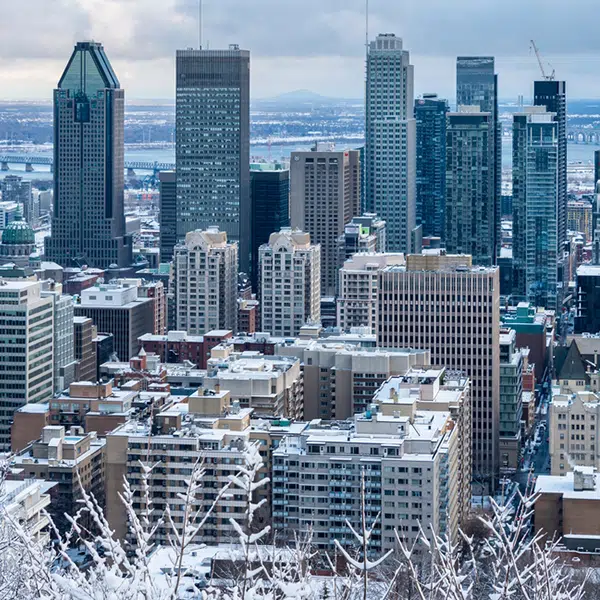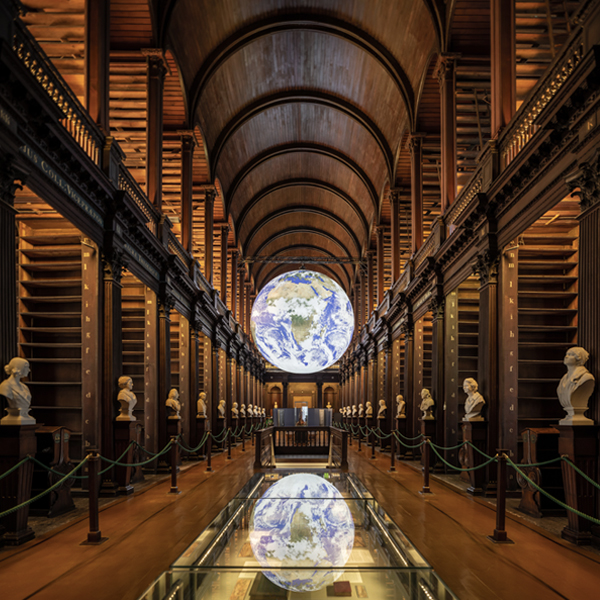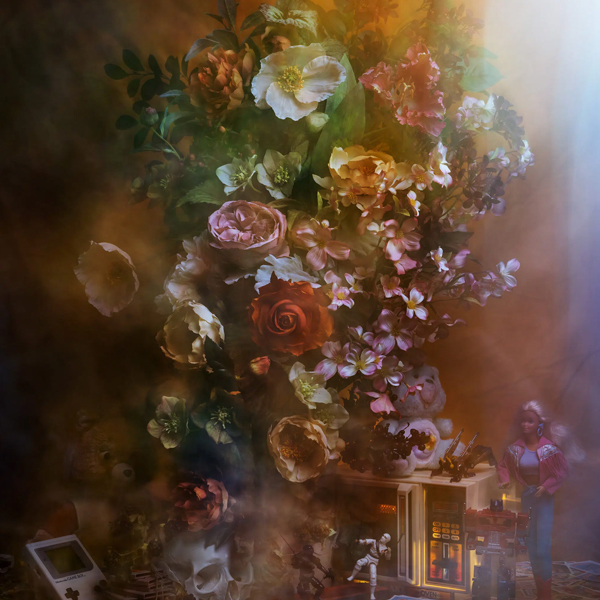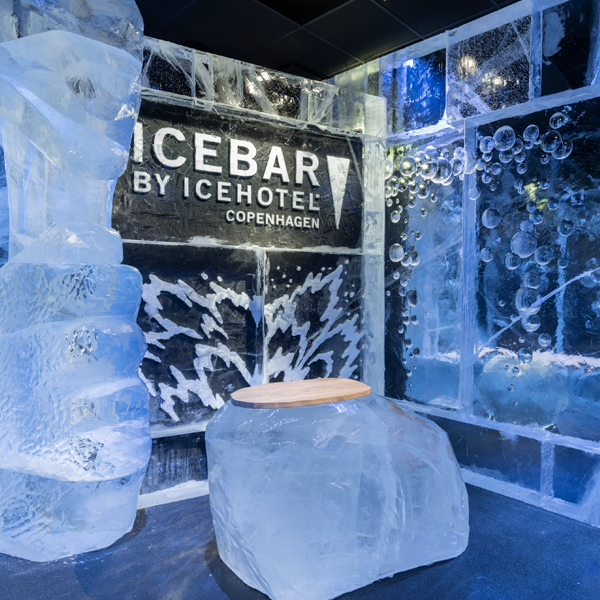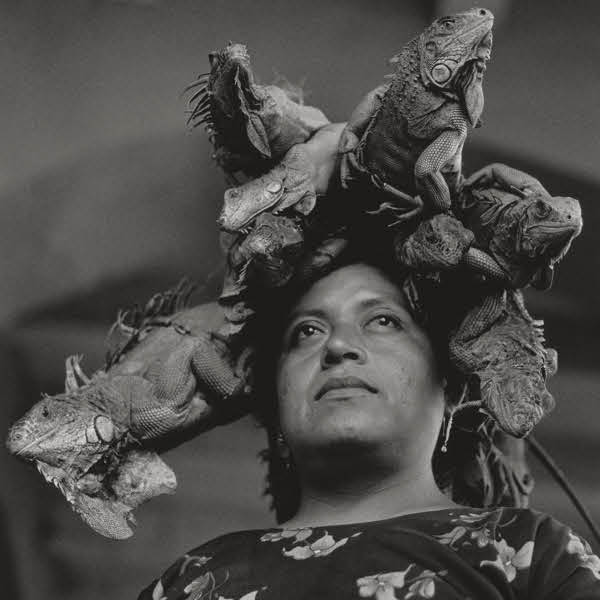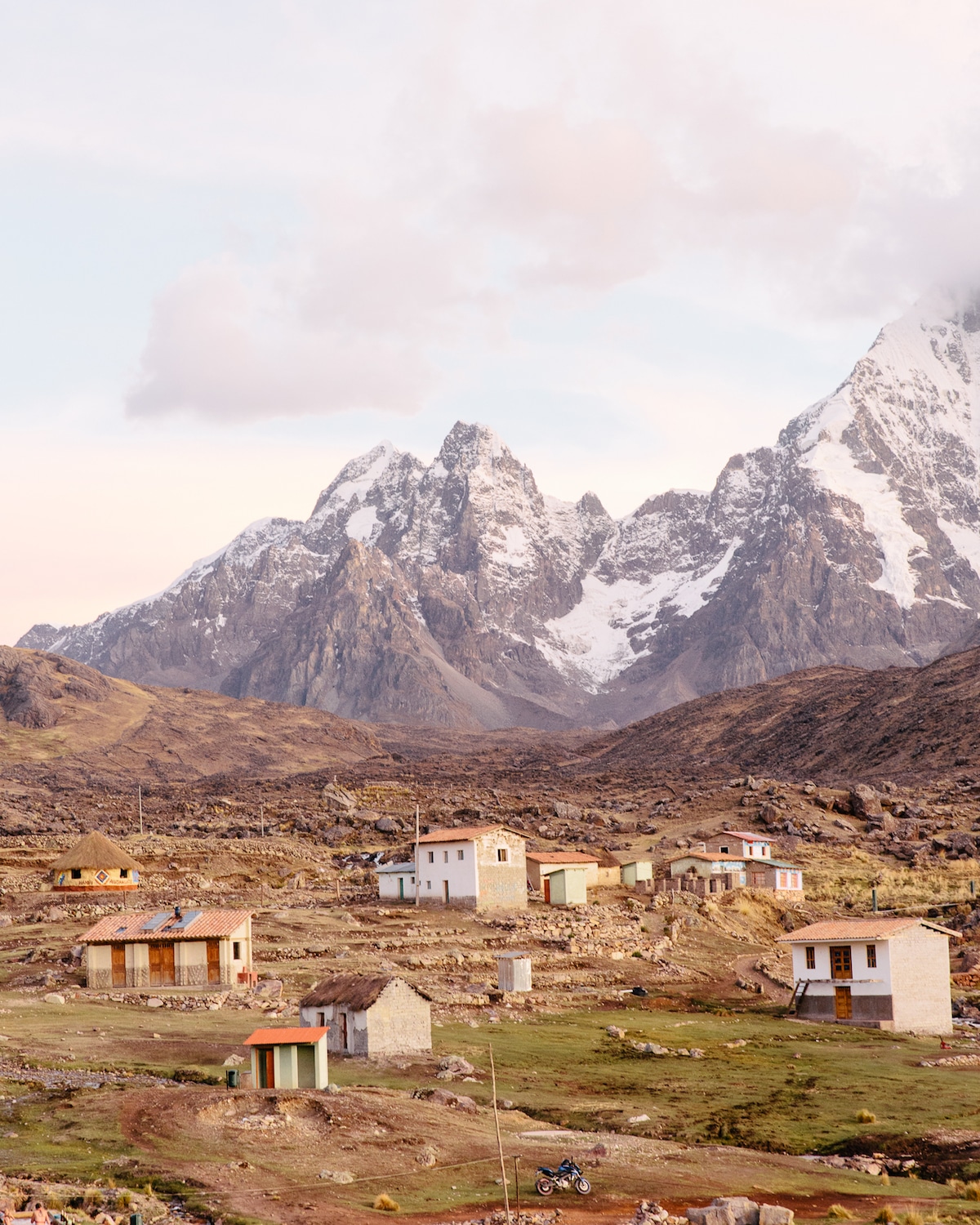
Peru
Belgian travel photographer Kevin Faingnaert spent three months traversing Bolivia, Argentina, and Peru, forgoing winter in his home country for an exploration of South America. The resulting travelogue is an incredible visual diary that pays homage to the people and places of the countries he visited.
From breathtaking landscapes to nuanced portraits, Faingnaert captures the spirit of each location in his desaturated, timeless photographs. Faingnaert's past clients include National Geographic, VICE, AFAR, and Outside Magazine, each of whom have called upon his skills as a gifted storyteller. While his South America voyage was personal, that didn't stop him from weaving an incredible tale that immediately draws viewers in.
Photographing all that he experienced, from Lake Titicaca to the snowcapped peaks of Patagonia, Faingnaert brings us along on his travels. By photographing the small, quiet moments in this trio of countries, he moves well beyond the typical tourist vision and settles into a peaceful, loving reportage of the place he called home for a season. We had to chance to speak with him about his memories of the trip and what he's up to next. Read on for our exclusive interview.
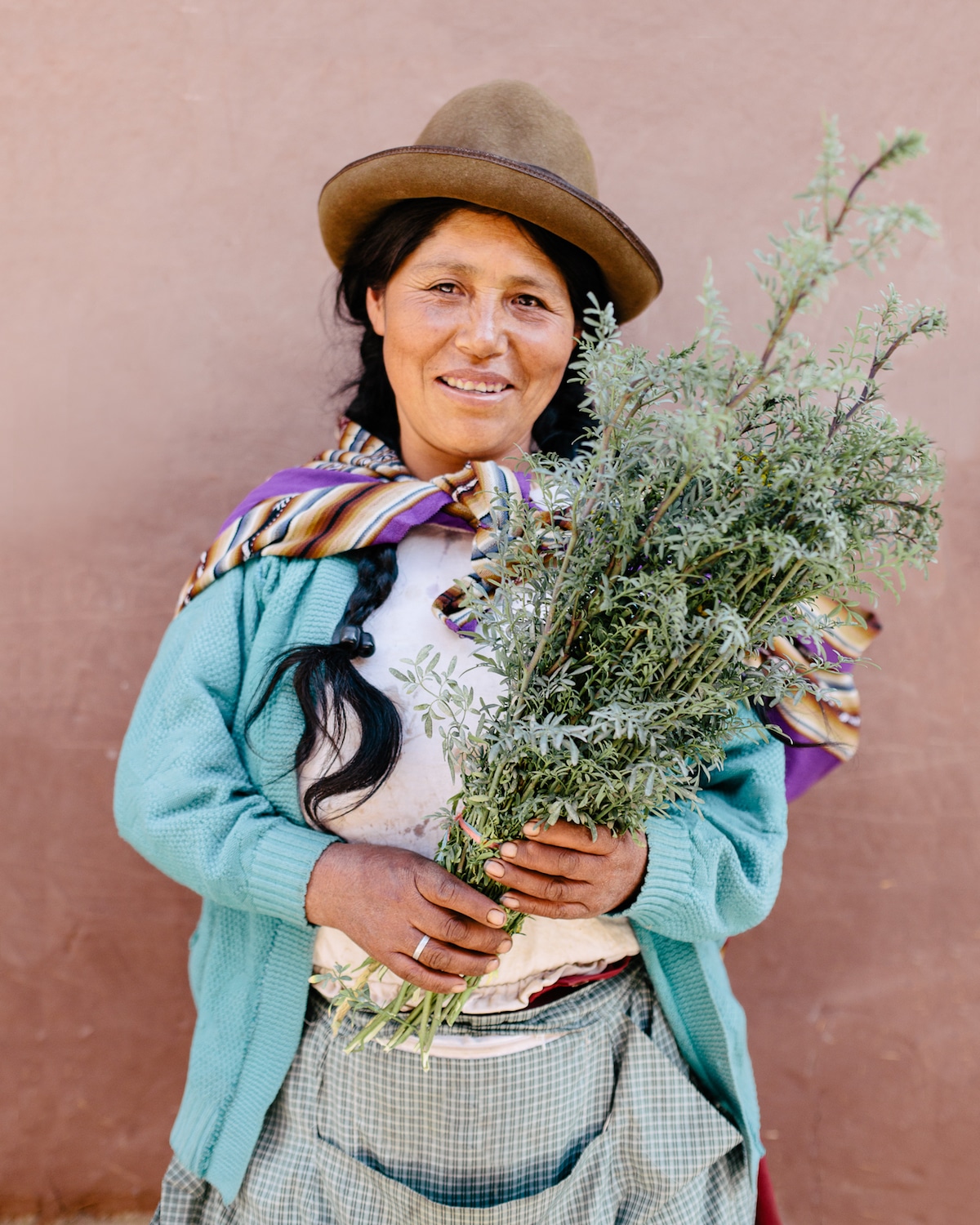
Peru
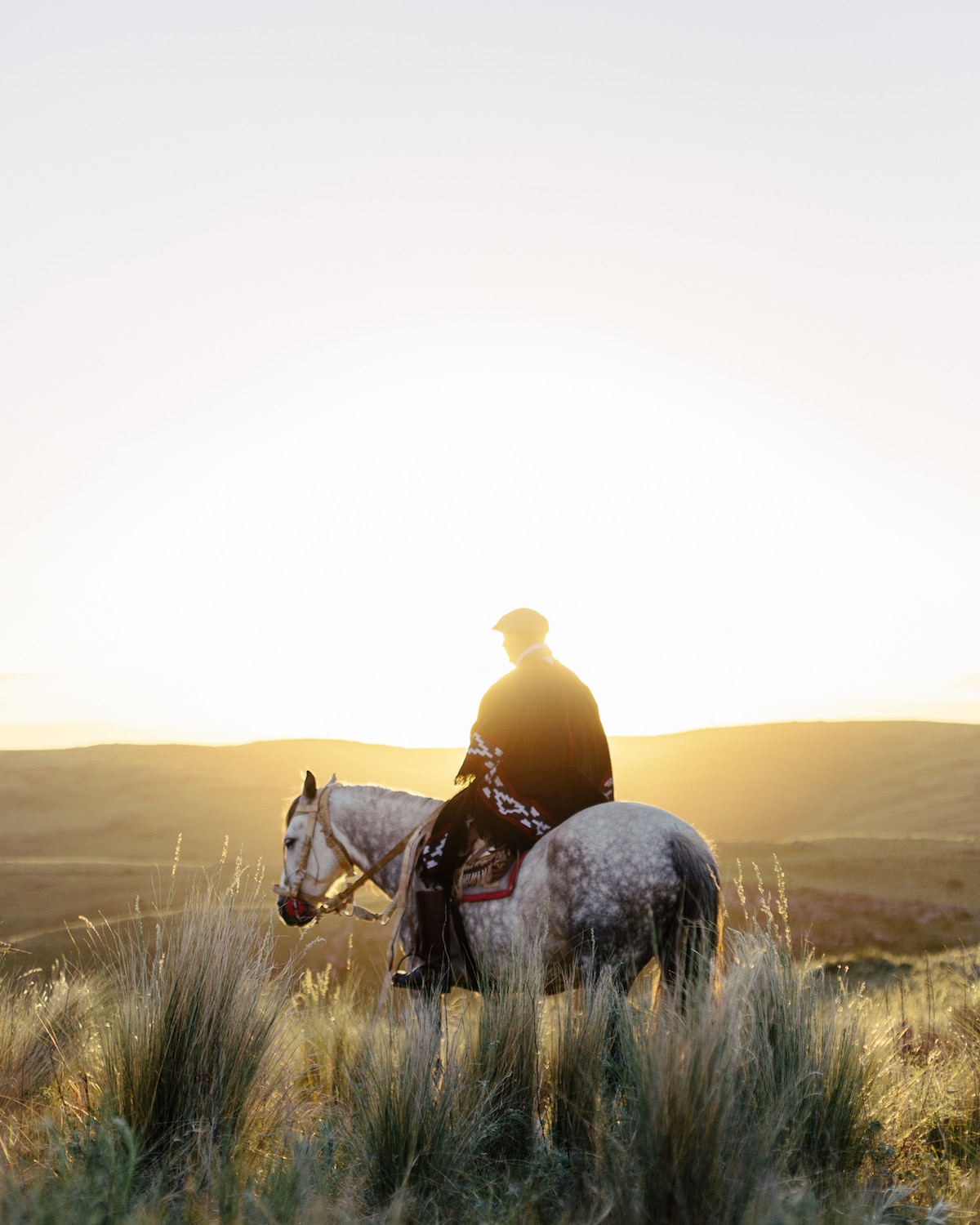
Argentina
What sparked your trip to South America and how long were you in each location?
I spent October to December 2016 escaping the cold of Brussels' winter into the heart of South America: the Andes. I photographed my way across the South American landscape—from the rugged extremes of the Andes in Peru, over the world’s largest salt flats in Bolivia, to the genuine Patagonian wilderness in Argentina. For 3 months I traveled through Peru, Bolivia, and Argentina. I had long dreamt about this trip, but never found the time for it until the winter of 2016.
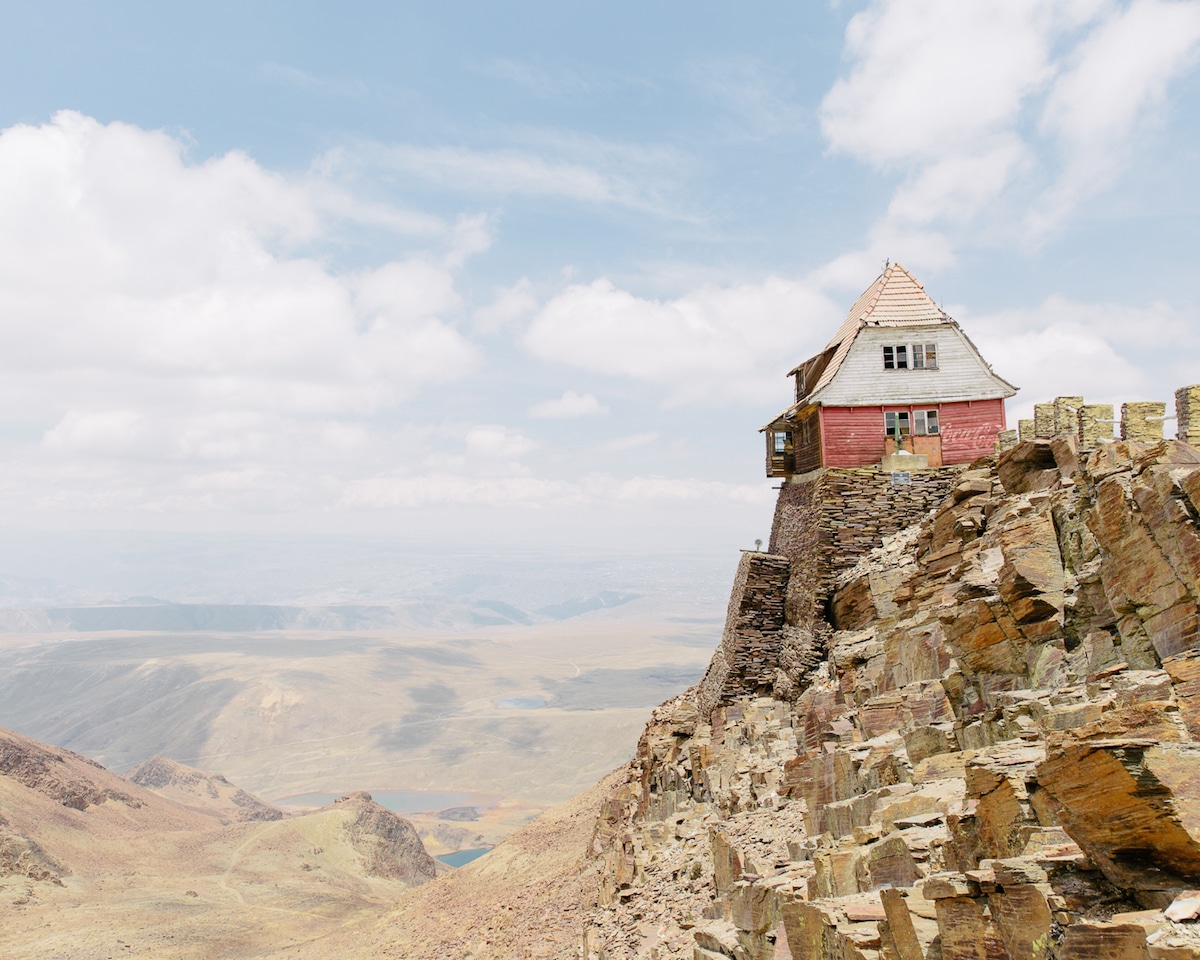
Bolivia
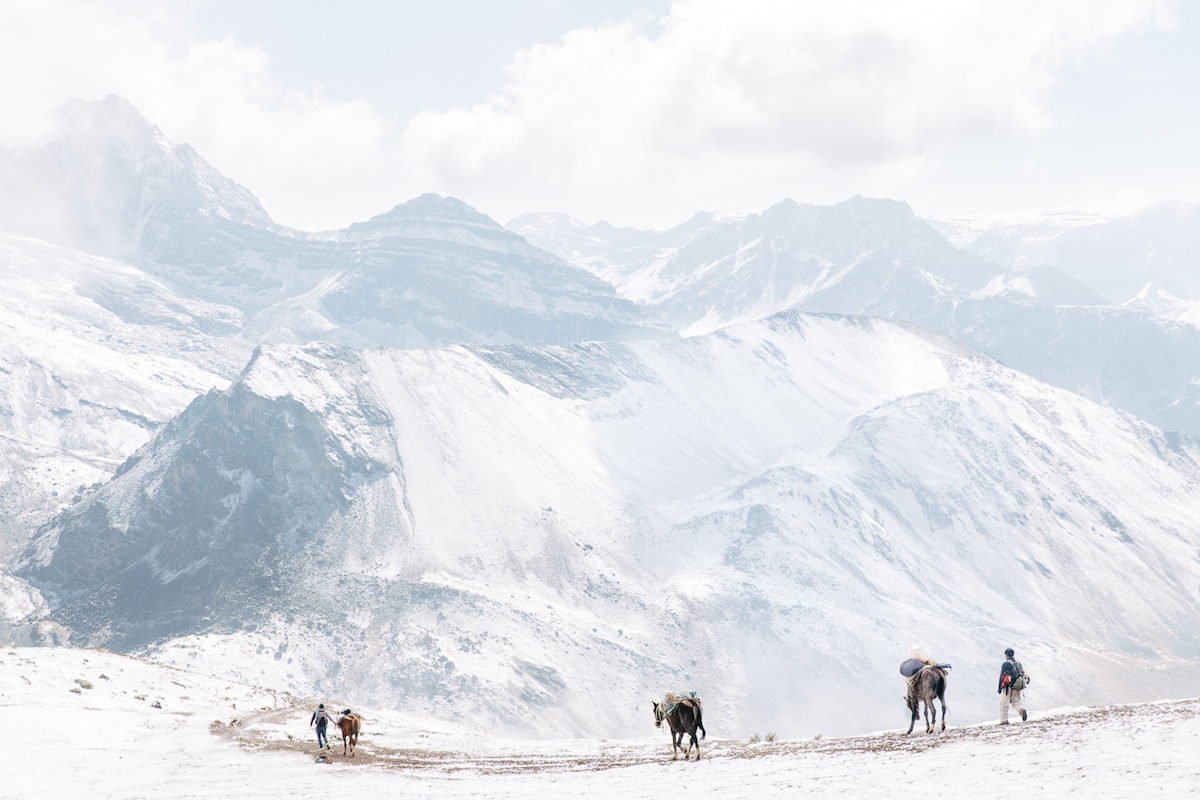
Peru
What were the most memorable locations you visited during your travels?
In Bolivia, far off the tourist trail, south of the large lagoon Colorado and giant Uyuni salt flats, there is a beautiful place, Eduardo Avaroa NP, where several beautiful lagoons surrounded by a number of high volcanoes and geysers stretch over a relatively small area.
Buenos Aires in Argentina. Argentines love to dance and Buenos Aires is famous for its tango, the symbol of passion and tragedy. Tango is being practiced at almost every street corner of the San Telmo and La Boca neighborhood. I loved the dark, moody but warm atmosphere of the tango houses I visited. I took some classes and they are some of my best memories of my trip.
And to give each country credit, the Ausangate trek in the sacred valley in Peru. The trek is a 43-mile backpacking trip that runs through one of the most beautiful landscapes in the Andes. Reaching high passes close to 17,000 feet, the Ausangate Trek reaches some seriously high elevations. Along the way, I passed by small villages, glacial lakes, towering snow-capped peaks and herds of alpacas.
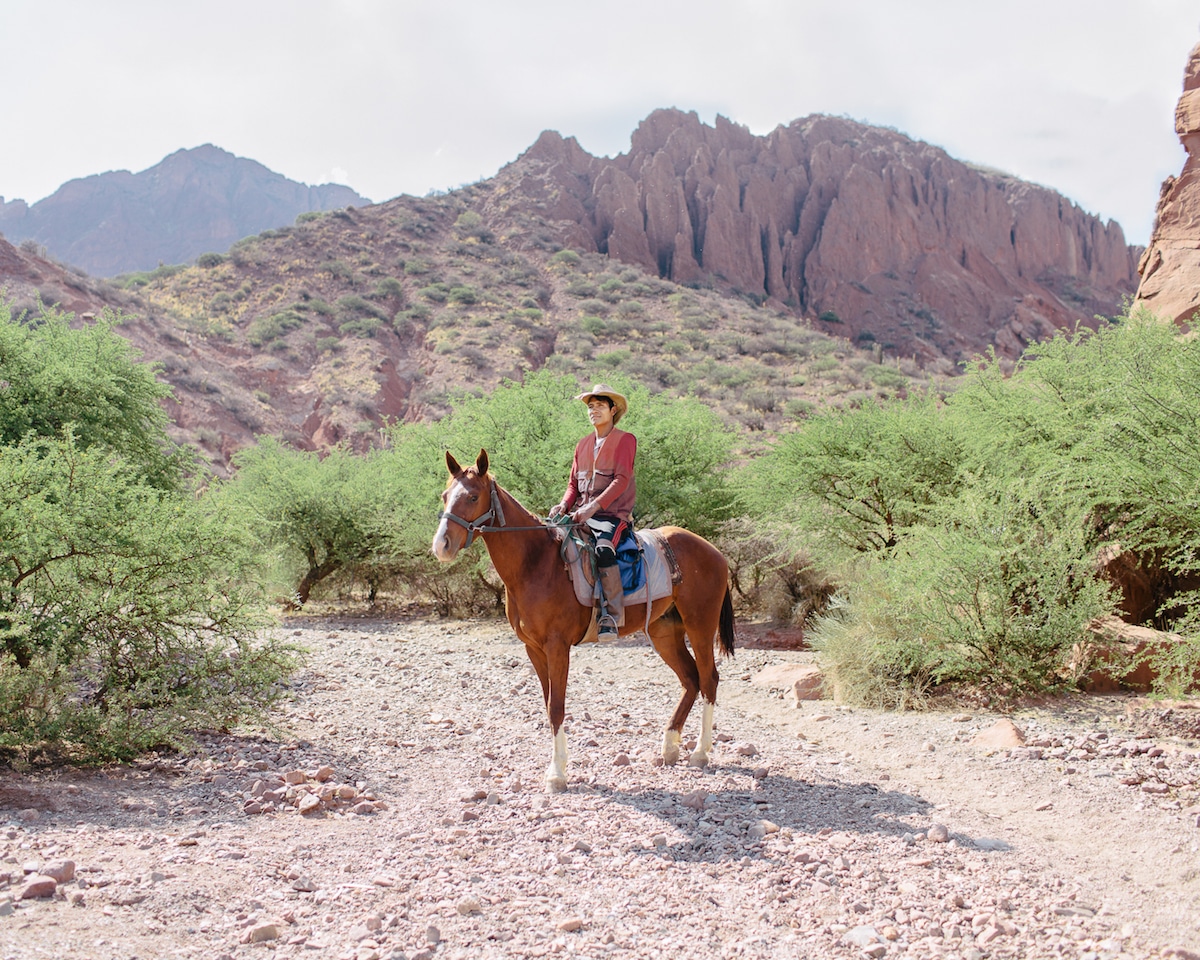
Bolivia
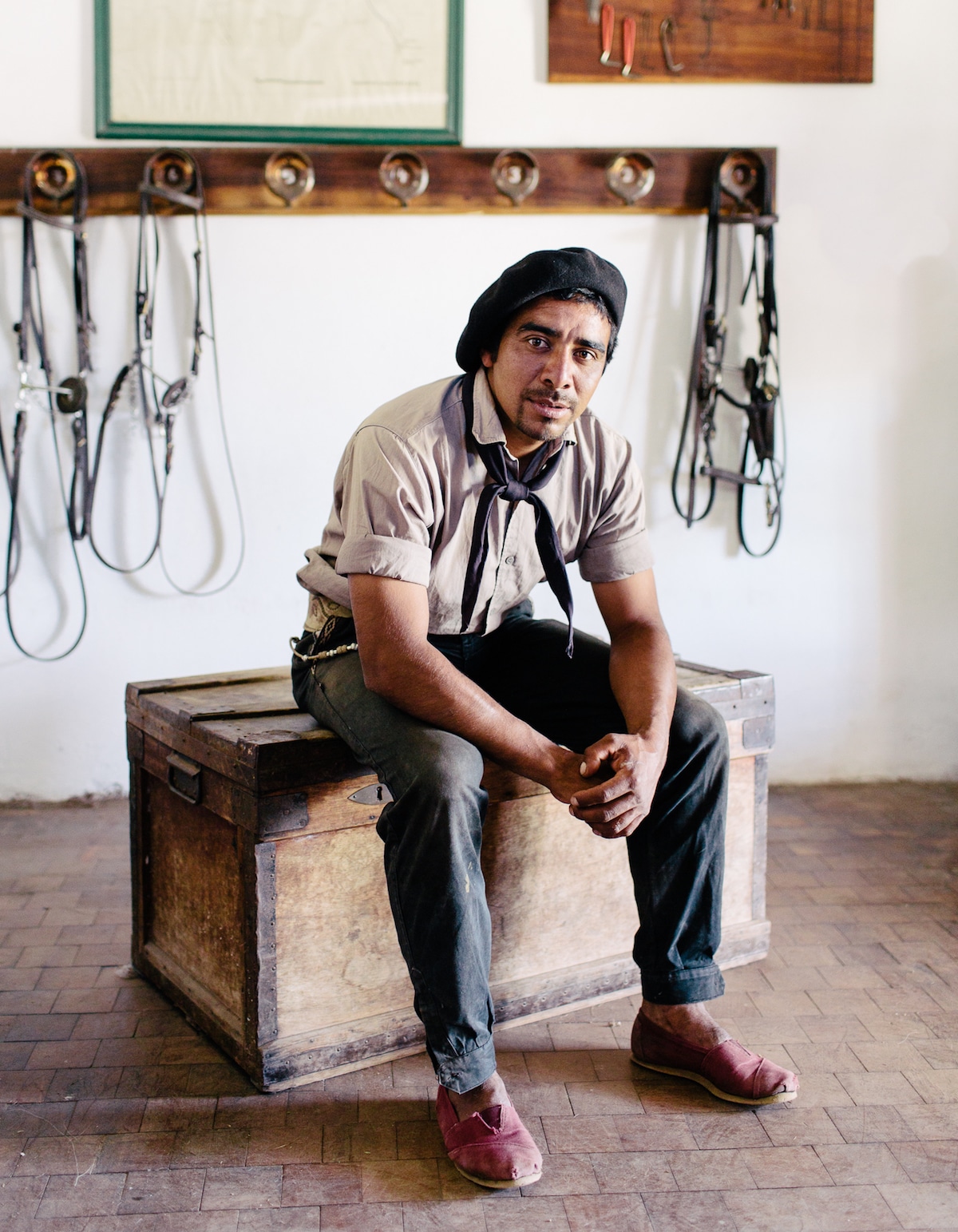
Argentina
What type of story were you hoping to tell through these images?
I didn’t plan on telling a particular story. That only came afterward when I was home. There was no roadmap. The hope was simply to watch, listen, and record life in the balmy desert, the lush forest, the highest altitudes and vibrant cities. With this series, I hoped to combine vast natural wonders with portraits and tiny flashes of everyday life. It’s my love letter to Peru, Bolivia, and Argentina.

Argentina
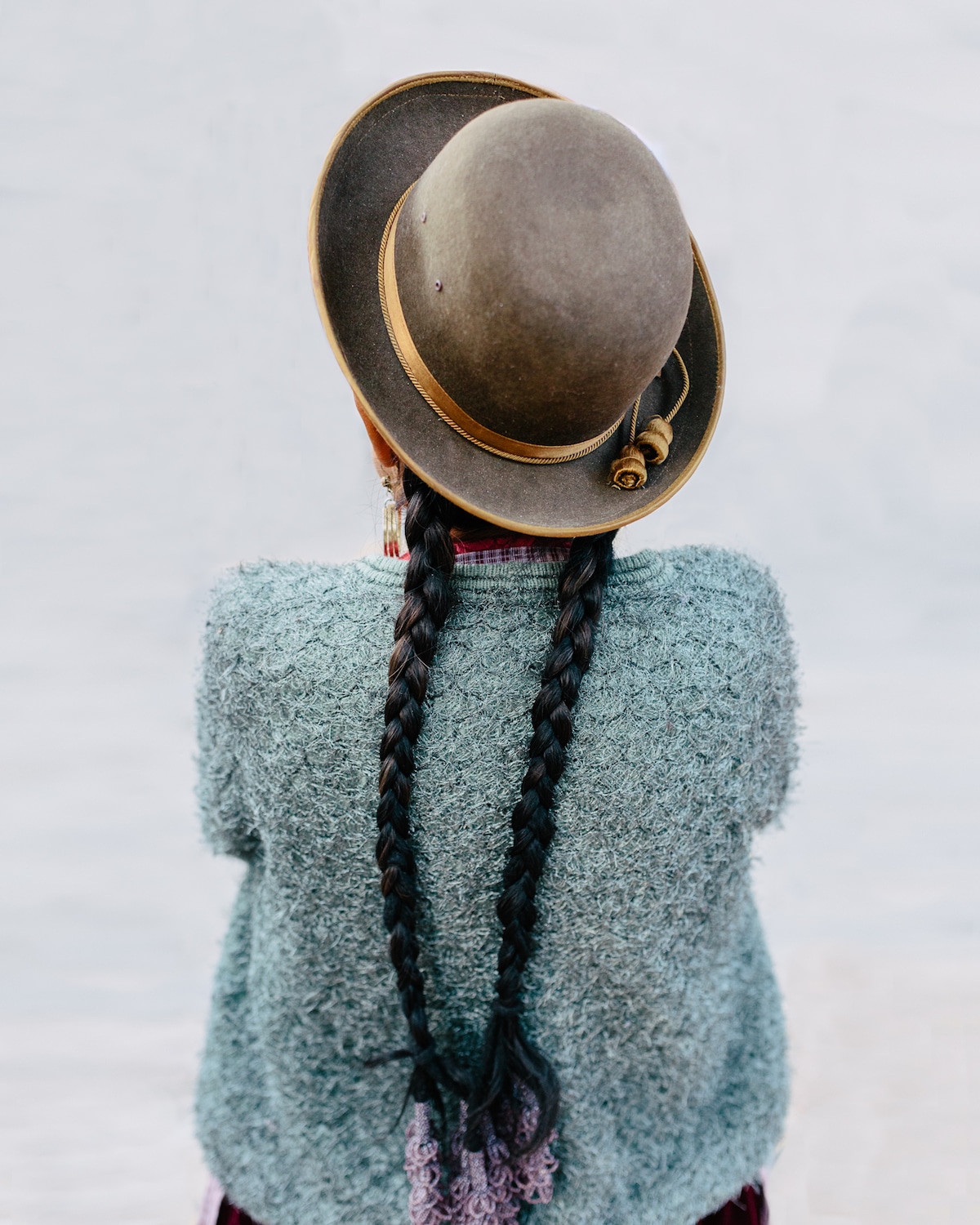
Bolivia
What was the most surprising encounter you had during your trip?
All the cholitas I got to talk to and photograph near La Paz in Bolivia. It’s the first thing that will strike you when visiting Bolivia—the cholita women with their bowler hats. They are everywhere, and most of the women wear them perched atop their long black braids. This cholita fashion is a source of pride. It’s this kind of tradition and sense of pride which I hadn’t felt anywhere else and which intrigued me about Bolivian culture. It is definitely the most traditional country in South America.
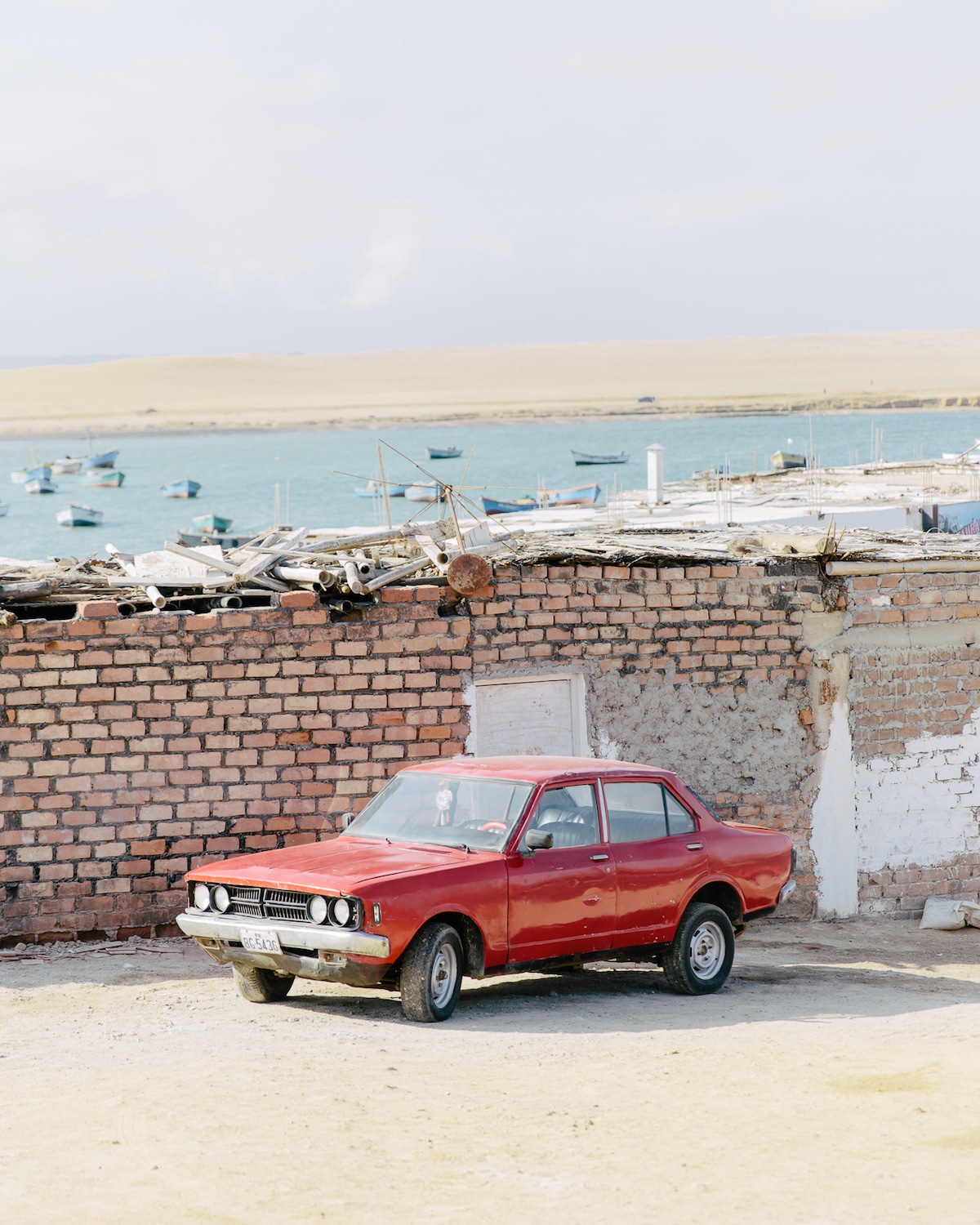
Peru
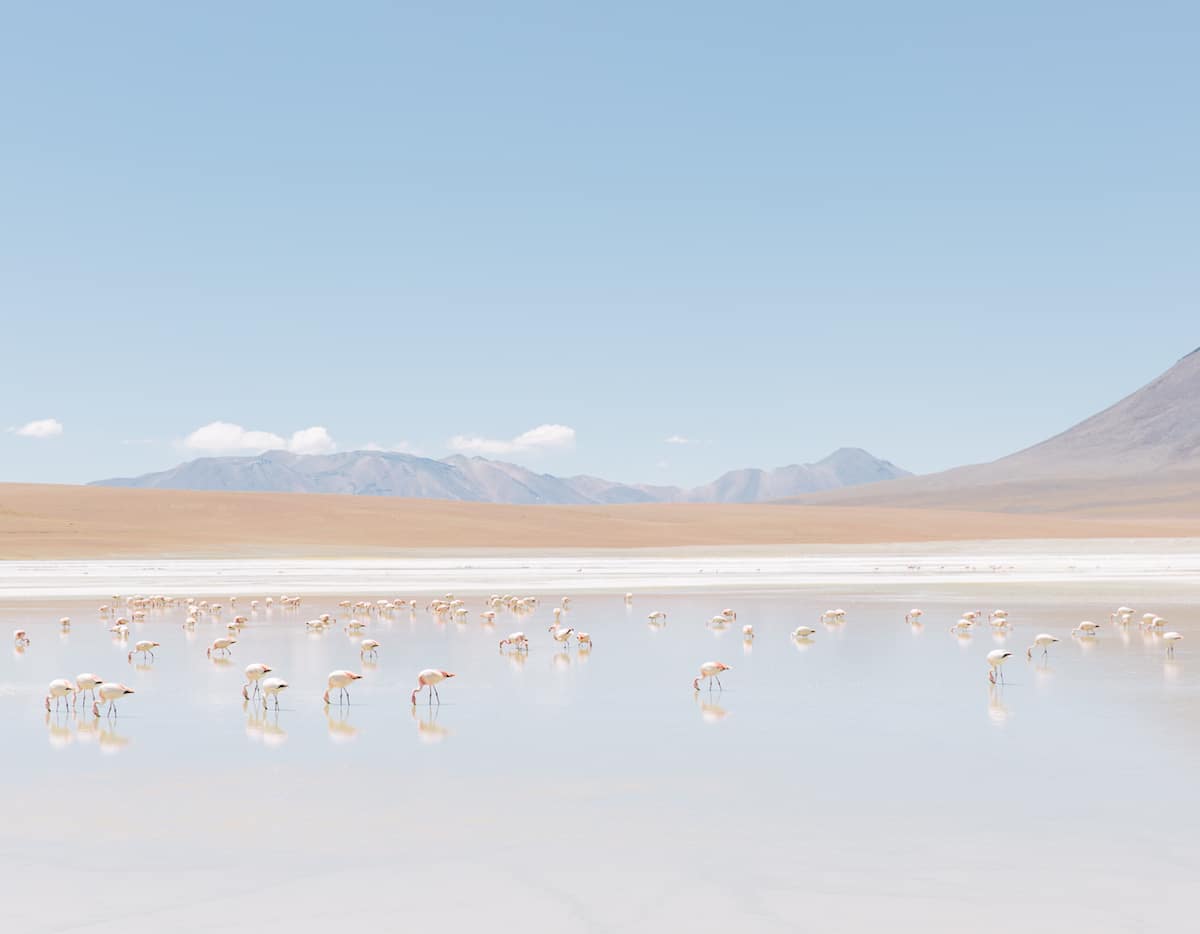
Bolivia
Your images have a timeless quality to them, how do you go about deciding what to photograph as part of your travelogue?
I always pay attention to the weather, the story, and the color palette while traveling and photographing. If the light isn’t right, I leave my camera in its bag. When the colors of a scene aren’t my thing, I turn around. Compared to other photographers I know, I don’t shoot much. I don’t try to shoot everything while traveling. I spend 80% of my time hanging around and talking to people with my camera in its bag. At times, I even leave it at the hotel, explore the area and only come back later when the light is right. I also don’t like things which are too obvious, too vibrant, too much in your face. I like my images to be poetic. There’s not much happening in my images. As you pointed out, I aim to give them a timeless quality.
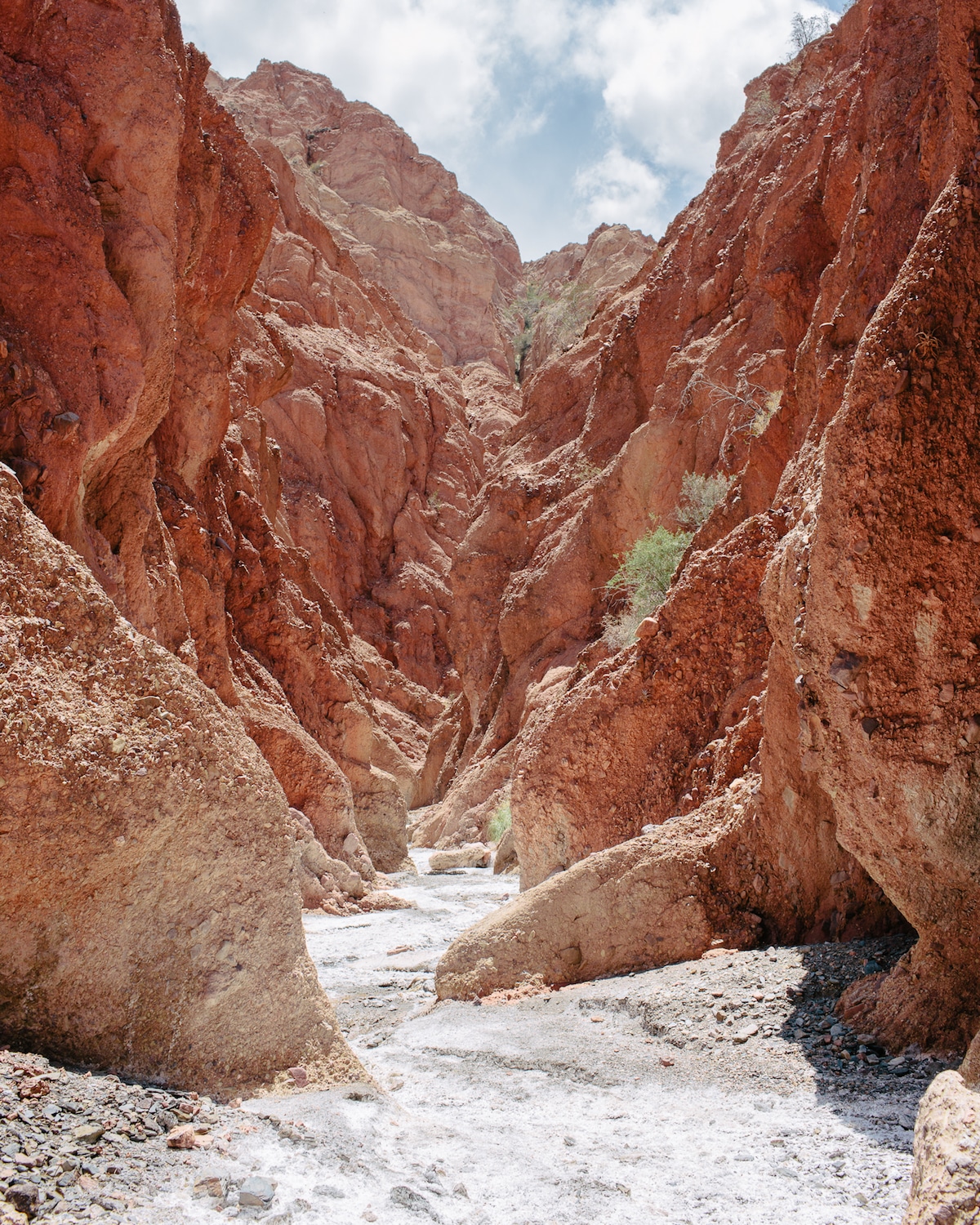
Bolivia

Argentina
What were some of the commonalities you found throughout the three countries you visited?
South America is a continent full of big contrasts in somewhat everything—in nature and politics, poor and rich. South America, from the Amazons to the Andes mountains, offers an infinite scale of landscapes, climates, flora and fauna: high mountain chains, the endless plains of the Altiplano, the Amazons with muddy rivers and tropical valleys, the mesmerizing salt flats, high altitude colored lagoons crowded with flamingos, the highest navigable lake in the world and then there’s the beauty of Patagonia. It is also striking in contrast between its small villages with mud houses, the giant metropole Buenos Aires, colonial charming cities like Sucre….
Argentina is definitely a lot more different than Bolivia and Peru. While Peru and Bolivia are countries with incredibly bad roads, the Argentinian roads are better than in Belgium. The weather differences are also very extreme. Not to mention the height differences. La Paz, for example, rests 3660 meters (12,000 feet) above sea level. It means you have to get used to the altitude, which takes some time. But it’s these extremes which make South America all the great for adventurous travelers
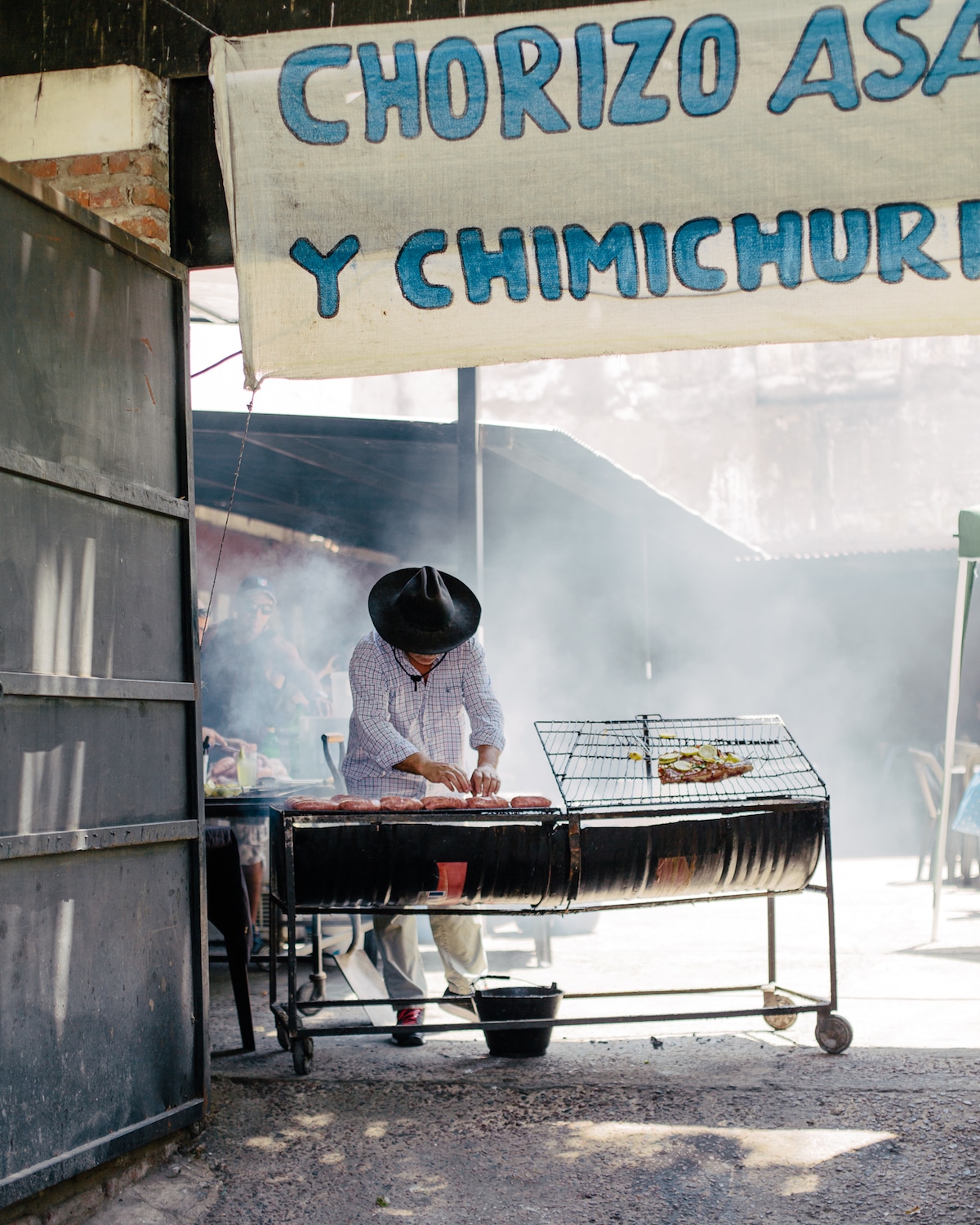
Argentina
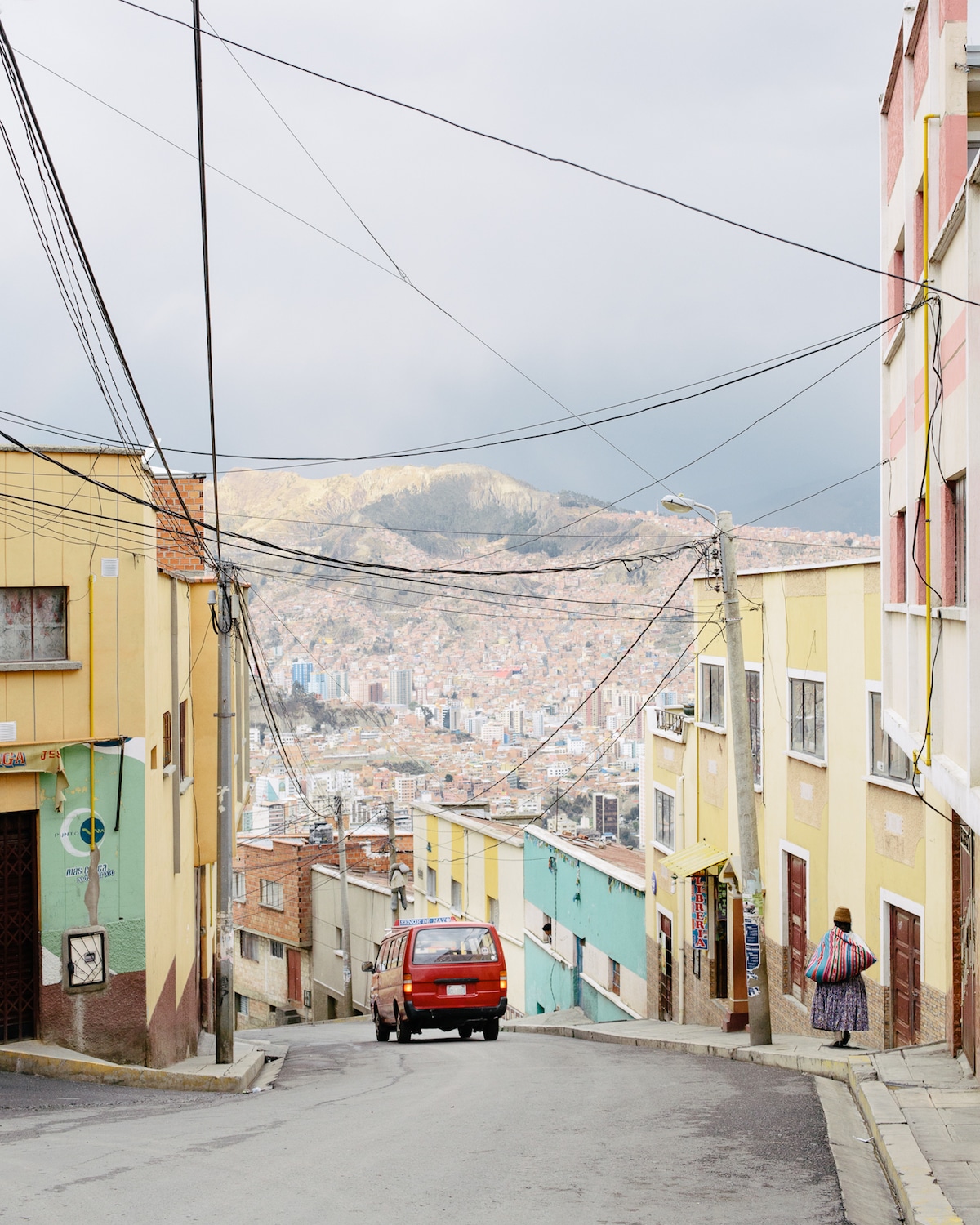
Bolivia
What photo equipment did you bring with you during your trip?
I shoot part film and part digital. I brought a Mamiya 7II camera with only one lens and a Canon 5D Mark III with two lenses.
It’s been a few years since your trip, do you plan to return?
At the moment, I don’t plan to return to Bolivia, Peru, or Argentina. I’m looking to travel to other countries in South America though. Columbia is high on my list. Just need to find time for it.
What’s next for you?
I have some travel assignments for different magazines planned this year—Senegal, Vietnam, Spain… And I’ll be in Finnish Lapland this summer, working on a new personal documentary project.
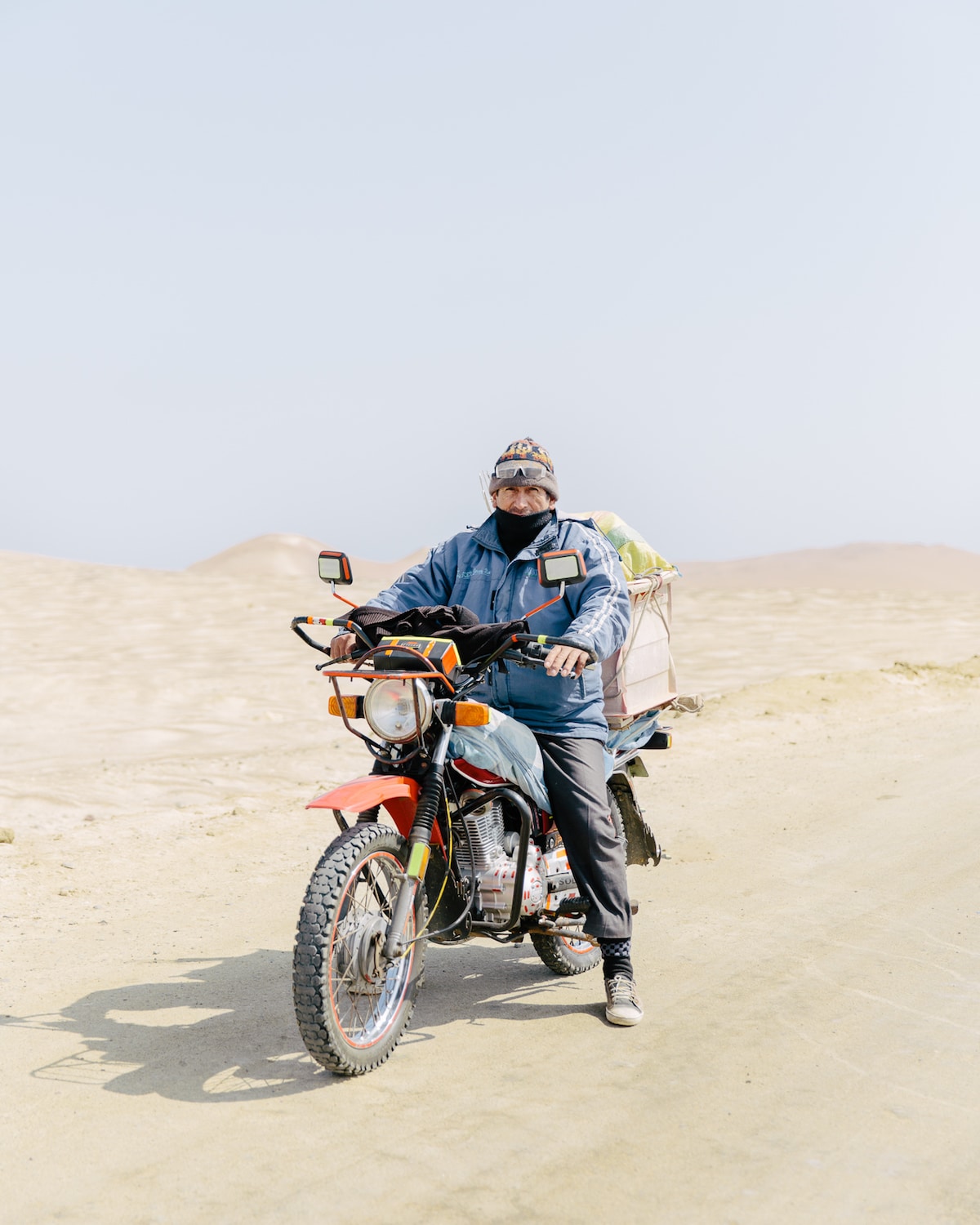
Peru

Bolivia
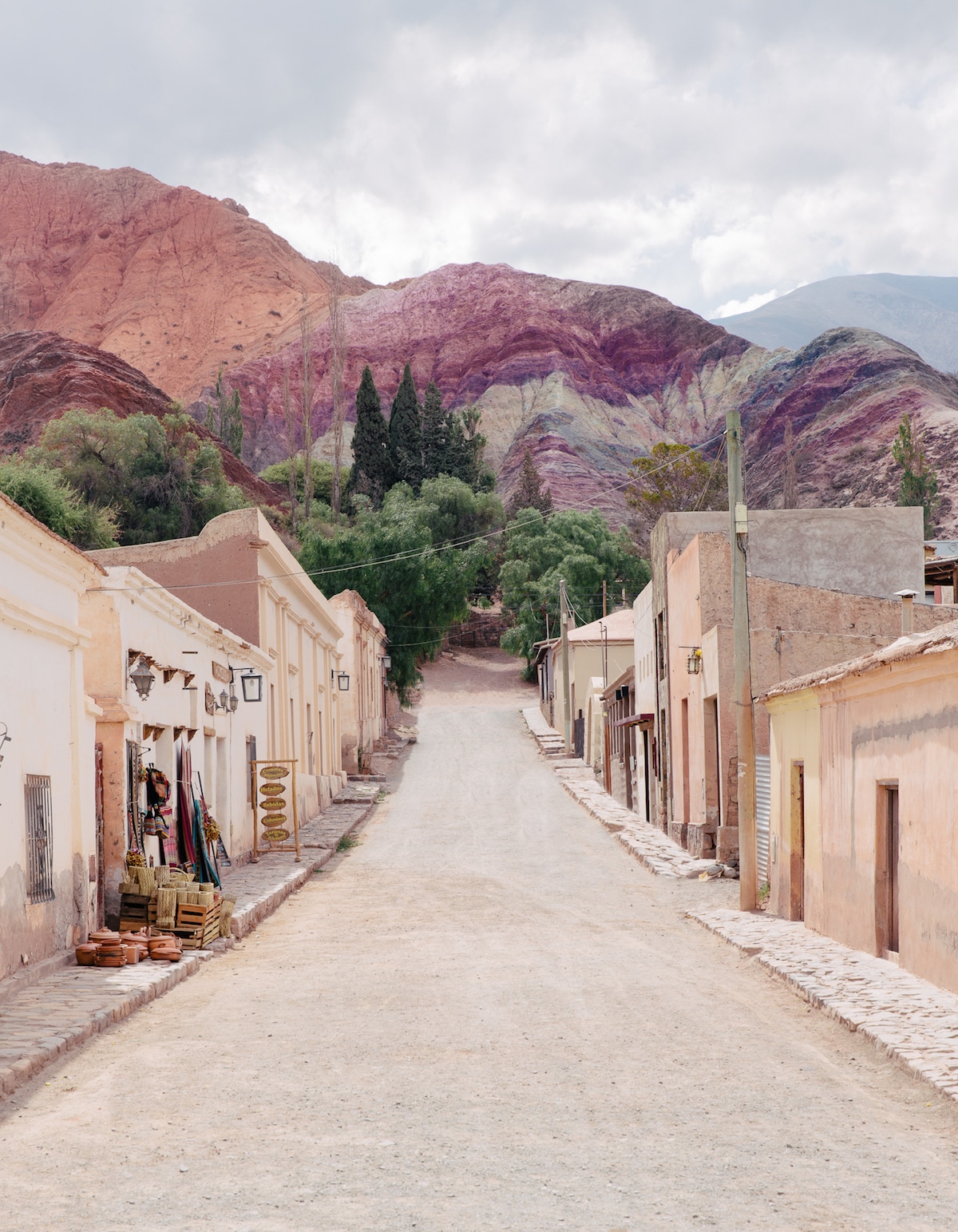
Argentina
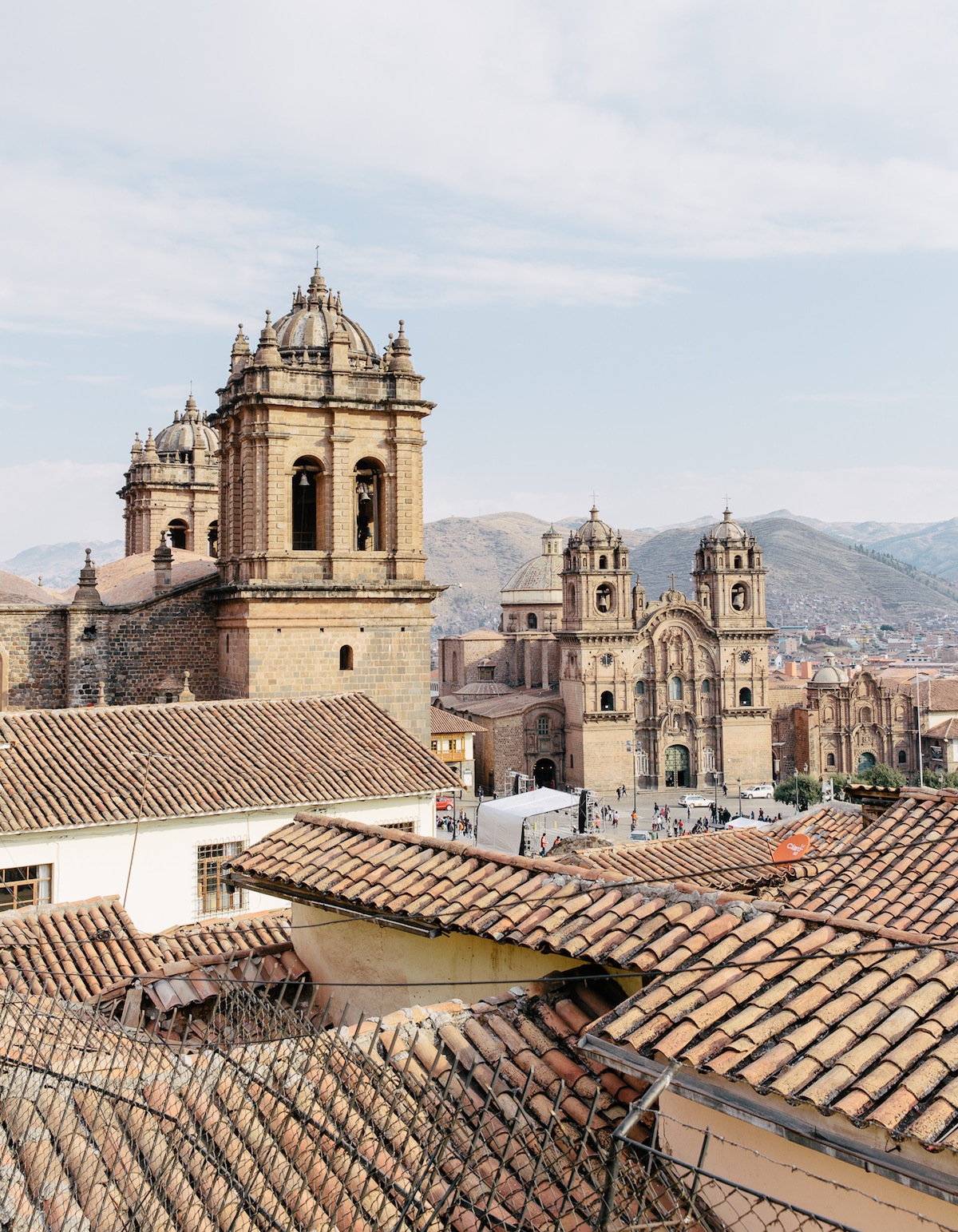
Peru

Argentina
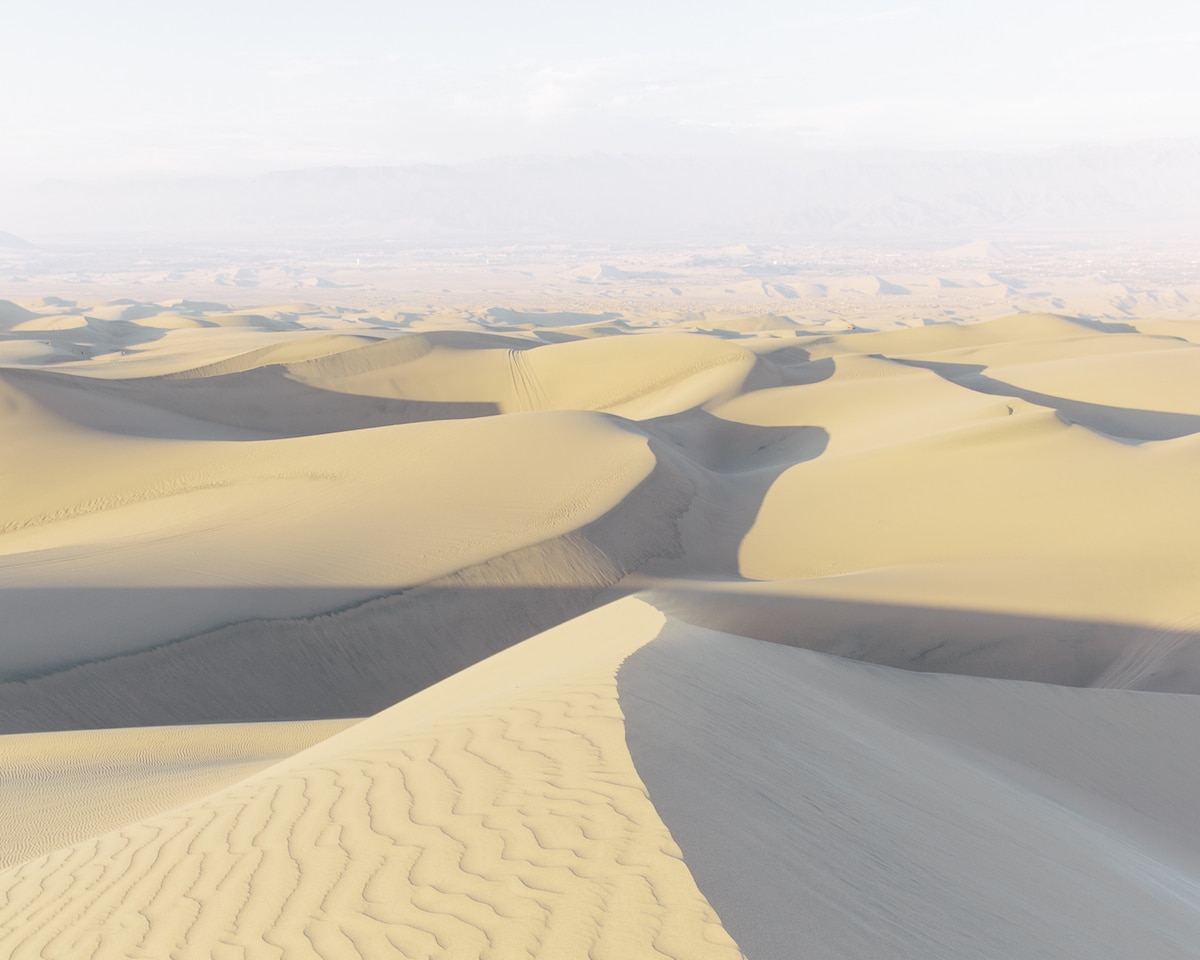
Peru












































































